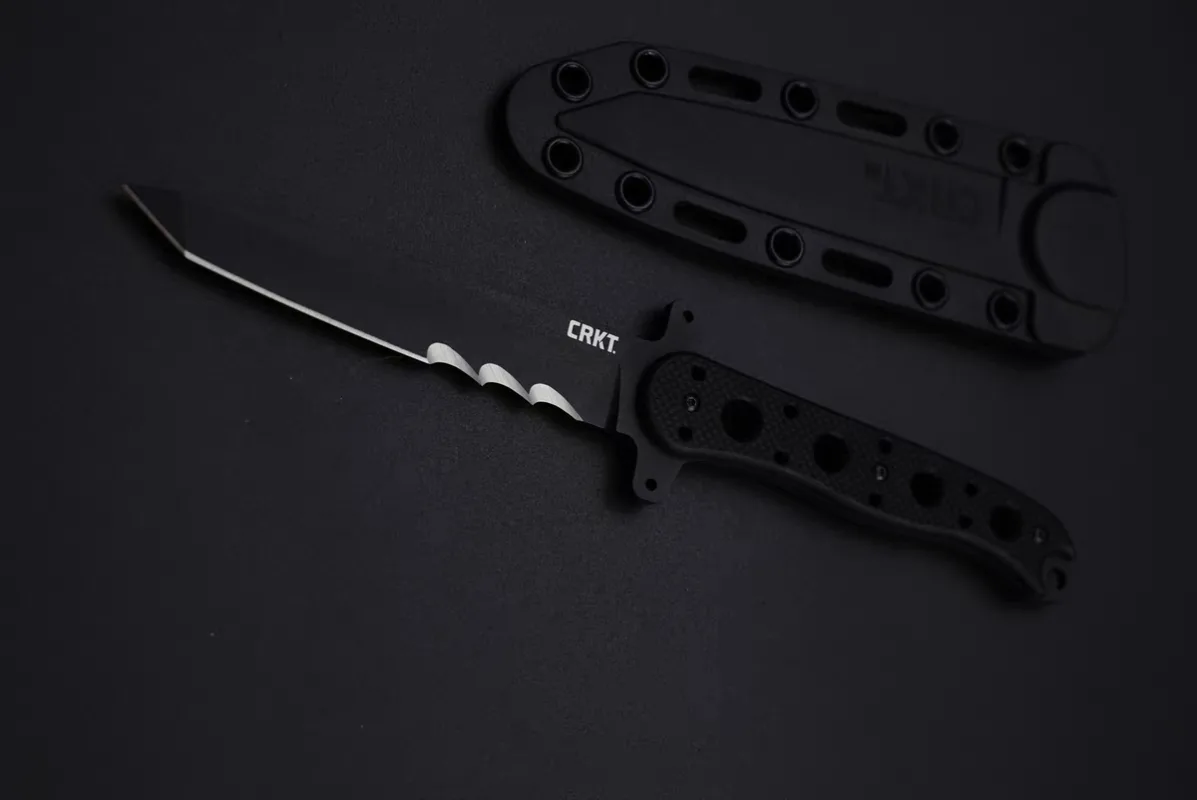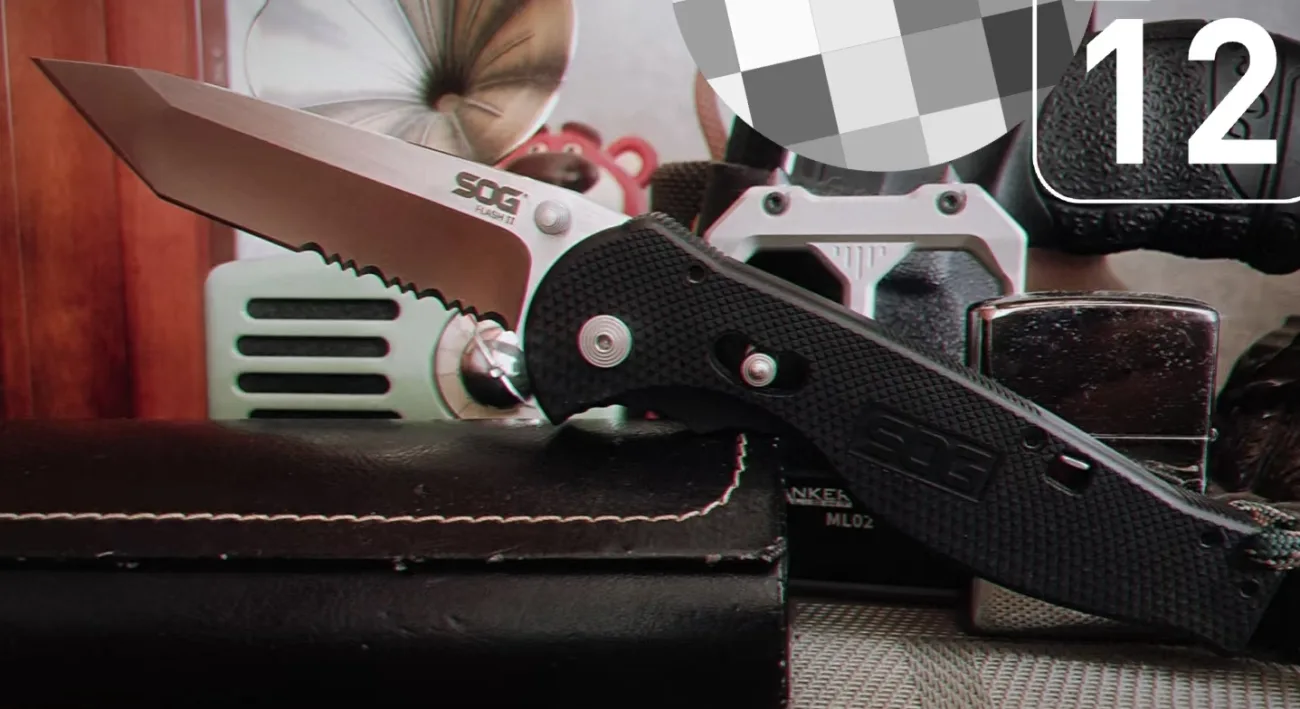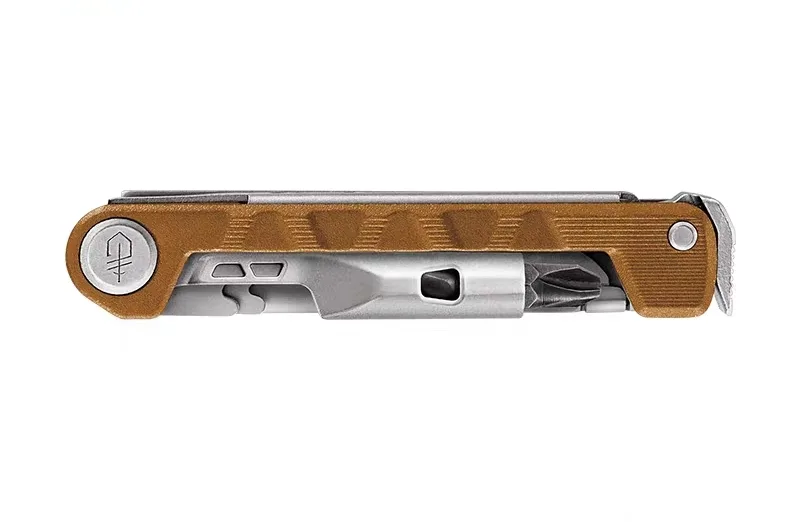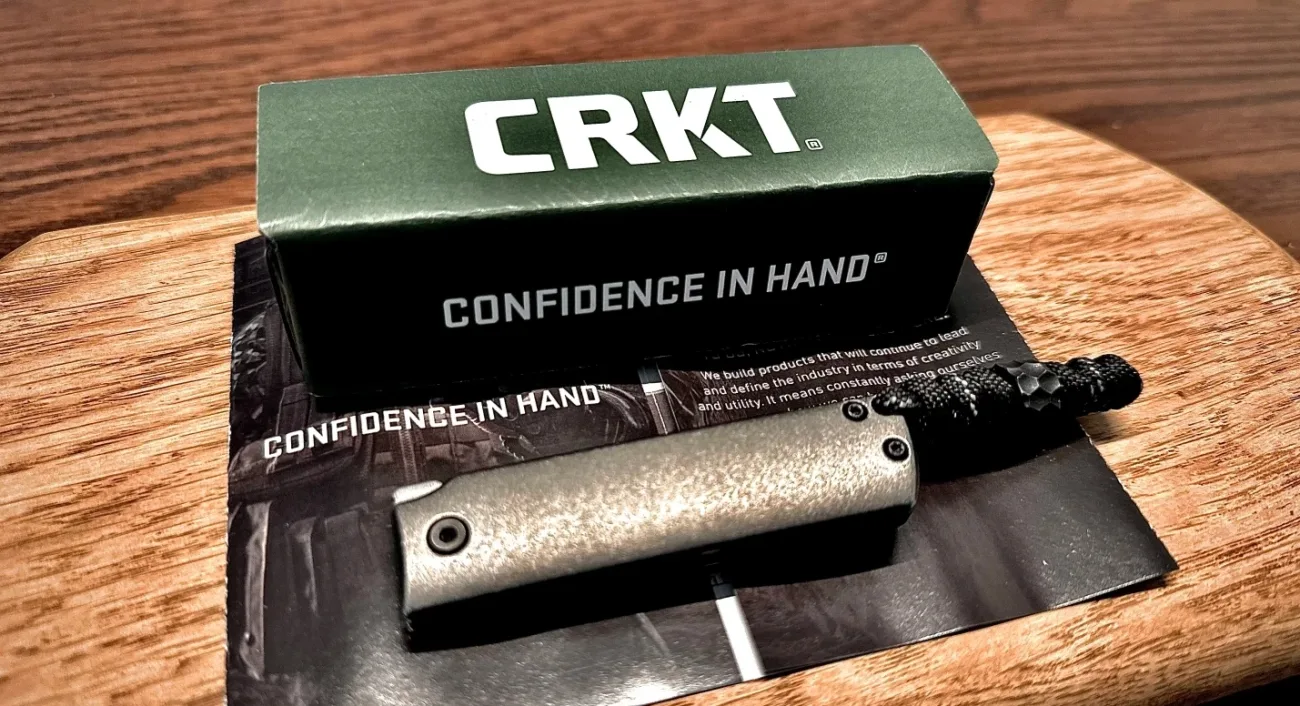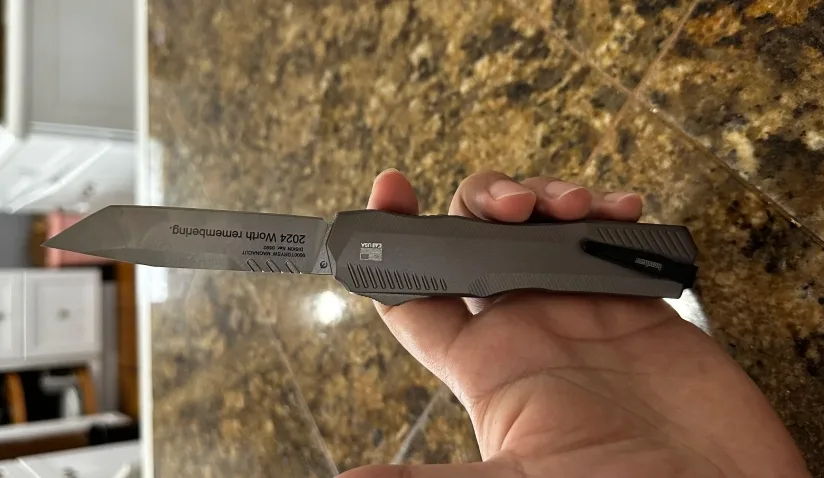In daily life and many special scenarios, multifunctional tools have become powerful helpers for people due to their rich and diverse functions. Let’s take a detailed look at the common functions of multifunctional tools, as well as their respective application scenarios and operation methods.
1、 Cutting function
Applicable scenarios:
Outdoor scene: When we are camping outdoors, we need to cut ropes to set up tents, fix canopies, etc. The cutting function of multifunctional tools can come in handy, quickly cutting the ropes to the appropriate length. At the same time, if you want to handle some branches as temporary supports or firewood for starting a fire, you can also use them to cut branches of appropriate length.
Home life: When unpacking express packages in daily life, if there are no scissors at hand, the cutting function of the multifunctional tool can easily cut open the tape of the package. In addition, it can also play a role in some simple handcrafts, such as cutting paper, cloth, and making small handicrafts, helping us to cut accurately as required.
Operation method:
Most multifunctional tools achieve the cutting function through blades.When you use it, first ensure that you eject the blade and lock it in place (some multifunctional tools come with a blade locking device to prevent the blade from accidentally retracting and causing injury during use). Then, you hold the tool, place the object to be cut on a smooth surface or fix it with your other hand. After that, use the blade to apply force smoothly along the cutting line and slowly perform the cutting action. After cutting, follow the instructions of the tool, carefully retract the blade and store it properly to avoid accidental injury caused by exposed blades.
2、 Screw tightening function
Applicable scenarios:
Furniture assembly and maintenance: When assembling newly purchased furniture by yourself, you can equip the multifunctional tool with various specifications of screwdriver heads and then use it. These screwdriver heads can correspond to different sizes and types of screws, helping you easily complete the screw tightening work. And when the screws of the furniture become loose after a period of use, you can also use it to quickly tighten the screws and ensure the stability of the furniture.
Electrical maintenance: When equipment such as desk lamps, electric fans, and small appliances have loose screws or require disassembly of the casing for maintenance and cleaning, the use of multifunctional tools can accurately find the appropriate screwdriver head, making it convenient to operate the screws on the electrical appliances and enabling the maintenance work to proceed smoothly.
Operation method:
Firstly, based on the type of screw (whether it is a Phillips screw or a Phillips screw, etc.), select the appropriate screwdriver head from the storage area of the multifunctional tool, install it on the corresponding interface of the tool, and ensure a secure installation. Then, align the screwdriver head with the screw, perpendicular to the surface of the screw, and rotate the handle of the tool clockwise with appropriate force to tighten the screw; To remove the screw, rotate the handle counterclockwise. During the operation, you should maintain the stability of the tool to avoid the screwdriver head slipping off the screw and damaging the screw or surrounding objects.
3、 Bottle opening function
Applicable scenarios:
Daily life leisure: Whether enjoying bottled drinks such as beer and soda at home, or going out for picnics or gatherings without a bottle opener, the bottle opening function on the multifunctional tool can help us easily open the bottle cap and enjoy drinks conveniently and quickly.
In some small restaurants, bars, and other places, staff in the catering industry may occasionally encounter situations where they can’t find the bottle opener or there aren’t enough bottle openers. In this case, staff can use the bottle opening function of the multifunctional tool to open various bottled drinks in emergency situations.
Operation method:
General multifunctional tools achieve the bottle opening function through specially designed bottle opener components. Align the bottle opener part on the tool with the edge below the bottle cap, and insert the bottle cap into the slot of the bottle opener. Then hold the bottle body with one hand and the handle of the multifunctional tool with the other hand. Using the lever principle, gently pry upwards to slowly remove the bottle cap from the bottle mouth and complete the bottle opening operation. When operating, pay attention to controlling the force to avoid excessive force that may cause the bottle to tip over or the bottle cap to splash and injure people.
4、 Sawing function
Applicable scenarios:
Outdoor survival and camping: In the wild environment, if you need to build a simple shelter, you may have to use local materials and saw off some thinner tree branches to build a framework. Alternatively, in order to start a fire for heating or cooking, you need to saw shorter pieces of wood as fuel. The sawing function of multifunctional tools can meet our needs and help us obtain suitable wood.
Handmade and Horticulture: In some woodworking crafts, such as making small wooden boxes, frames, etc., you can use it for preliminary cutting and processing of wood. In horticulture, if you want to trim thicker branches, you can also use this function to complete the operation of sawing off branches.
Operation method:
Multifunctional tools usually use saw blades to achieve the sawing function. First, you remove the saw blade from the tool’s storage position and secure it (make sure that the saw blade is firmly installed and won’t loosen during use). Then, you place the wood to be sawed on a stable support surface, like the ground or workbench. Next, grasp the handle of the multifunctional tool with both hands, making the saw blade perpendicular to the surface of the wood or maintaining a suitable cutting angle (usually adjusted according to the texture of the wood and the actual ease of operation). Finally, rhythmically pull the tool back and forth to cut the wood with the saw blade until you cut the wood to the desired length. After sawing, carefully retract the saw blade into the tool and store it properly.
5、 Plier function
Applicable scenarios:
Electronic equipment maintenance: When repairing electronic devices like computers and mobile phones, often use pliers to extract small electronic component pins, bend wires and the like. Operate the pliers in the multifunctional tool accurately to finish these delicate tasks. Daily object repair: For example, if the eyeglass frame at home is deformed, carefully adjust it using pliers to restore its normal wearing state. When needing to bend or fix some small metal objects, also make good use of pliers.
Operation method:
When using the multifunctional tool, unfold it so that the pliers are fully exposed and in an operable state. When dealing with objects that need to be clamped or pulled out, align the jaws of the pliers with the target object, and then press the handle of the tool to close the jaws and tightly clamp the object. If you want to bend an object, according to the direction and angle requirements of the bend, slowly apply appropriate force after gripping the object to bend it in the desired direction. After completing the operation, release the handle, restore the pliers to their original position, and store them properly.
6、 Filing function
Applicable scenarios:
Metal processing and polishing: When you perform simple metal product repairs or make homemade small metal objects, for example, when you polish metal keys to make them insert into lock holes more smoothly, or file the edges of homemade metal crafts to make them smoother and smoother, you’ll find that the filing function of multifunctional tools is very practical for you to use. Woodworking polishing: When the edges of the processed wood are rough and need to be further polished smooth, you can use the filing function to gradually remove the burrs on the surface of the wood and make the surface feel better.
Operation method:
Find the filing component on the multi tool and bring the surface of the object to be filed close to the file surface. Then you hold the tool and smoothly move it back and forth in the direction of filing (usually along the texture direction of the file to achieve a better filing effect), so that you can file the surface of the object to the ideal state. Pay attention to applying even force during the filing process to avoid damaging the shape of the object due to excessive filing in certain areas.
The above are just a few common features among the many functions of multifunctional tools. It is like a fully functional “treasure box” that can demonstrate strong practicality in different scenarios, greatly facilitating our lives and work. I hope that after understanding these functions, everyone can better utilize multifunctional tools and make them play a greater value.



